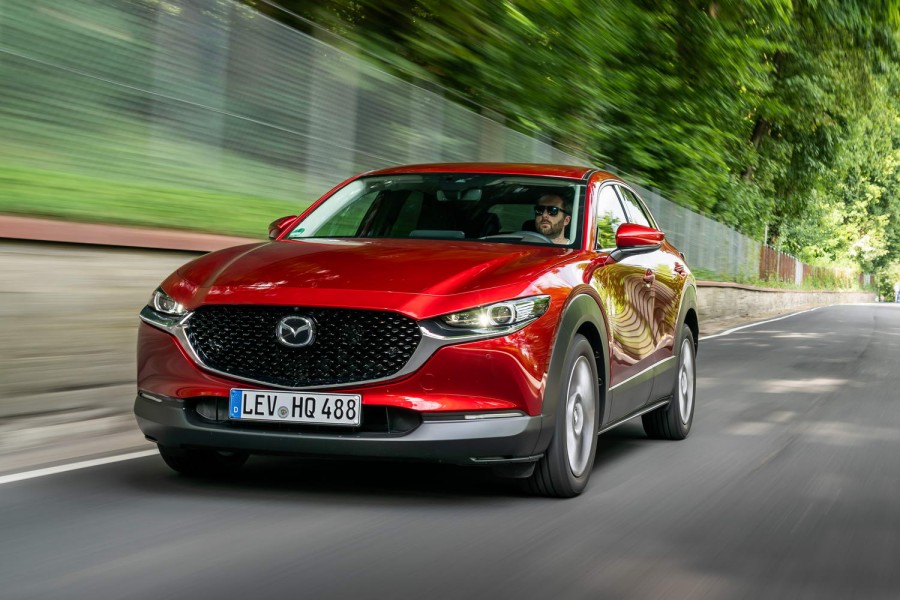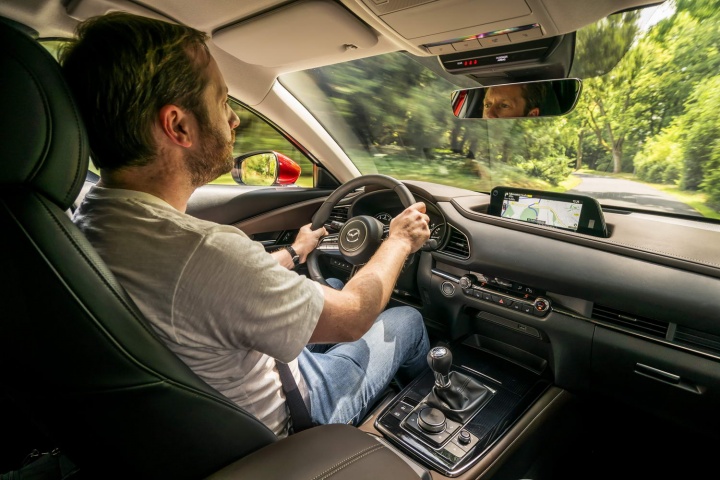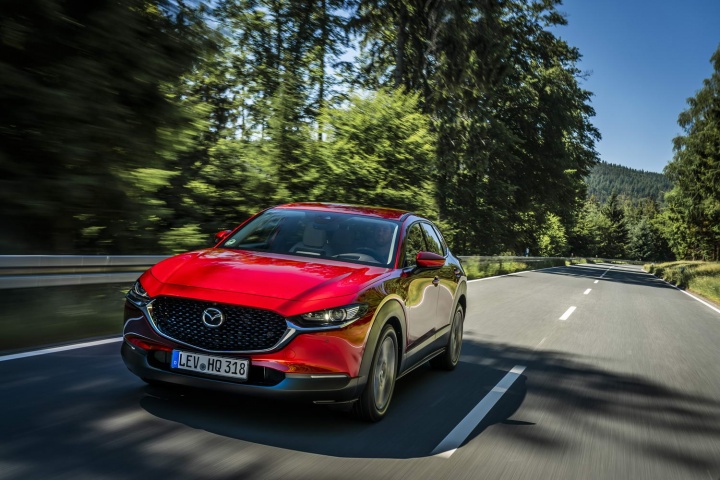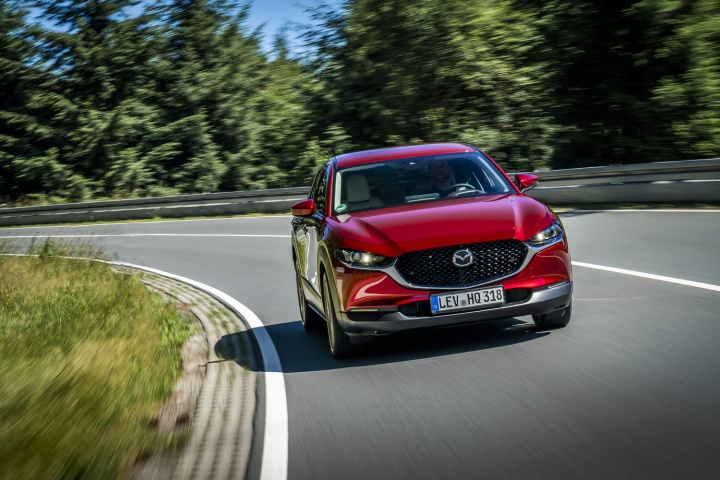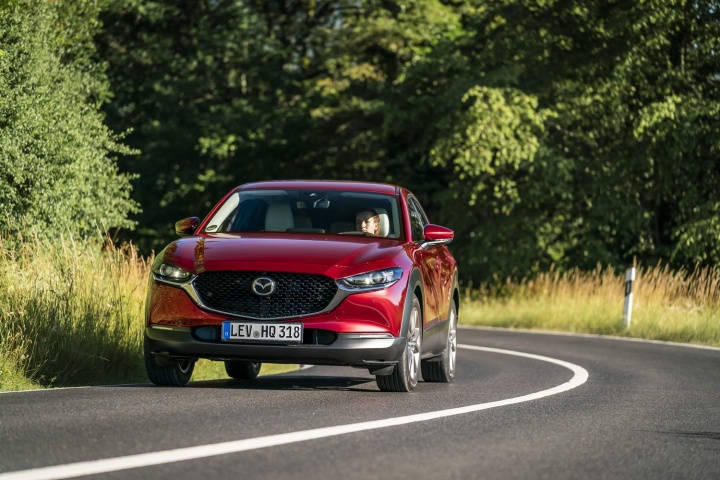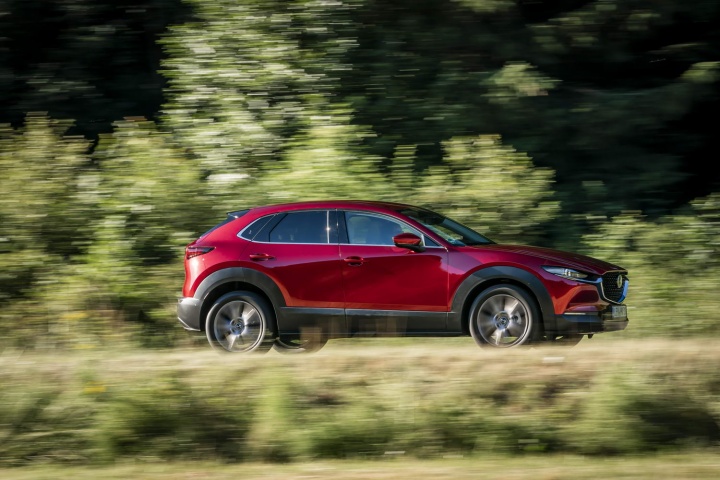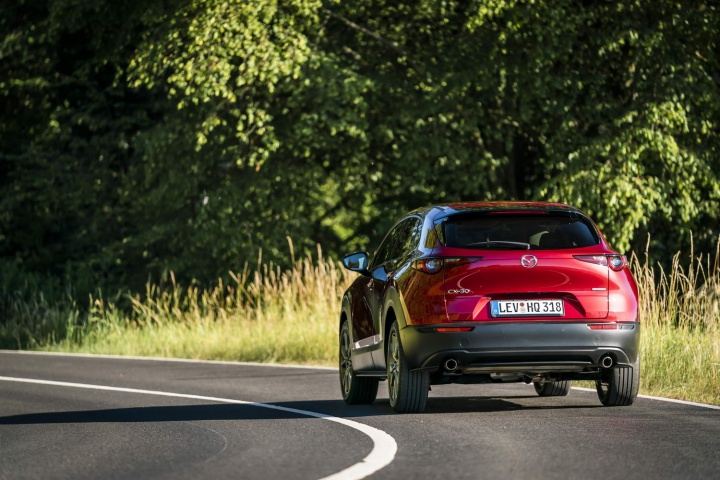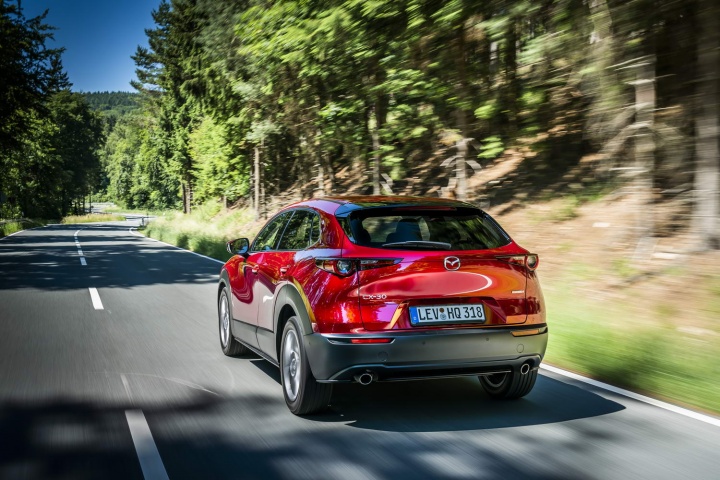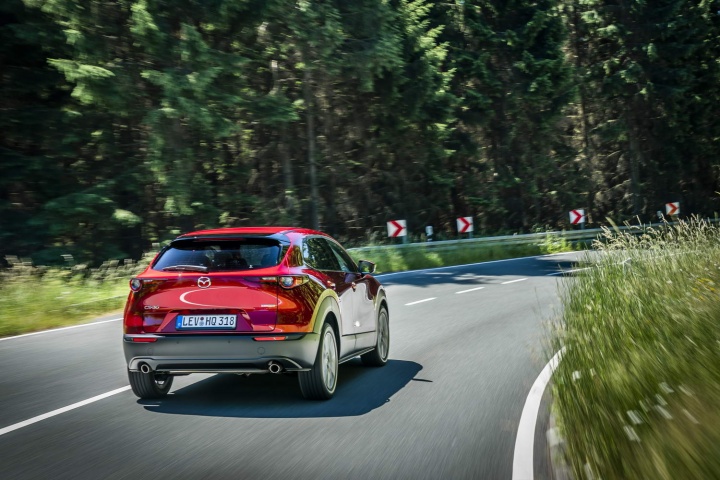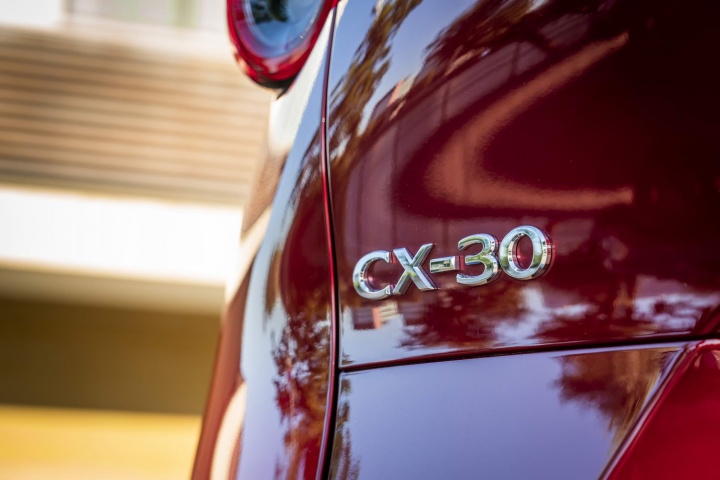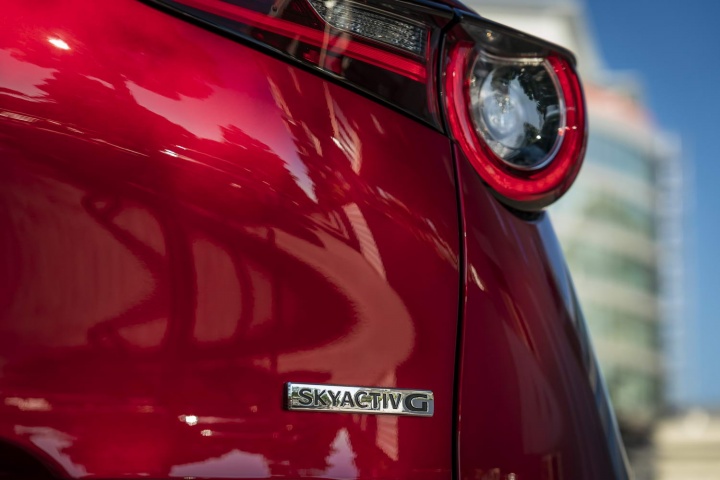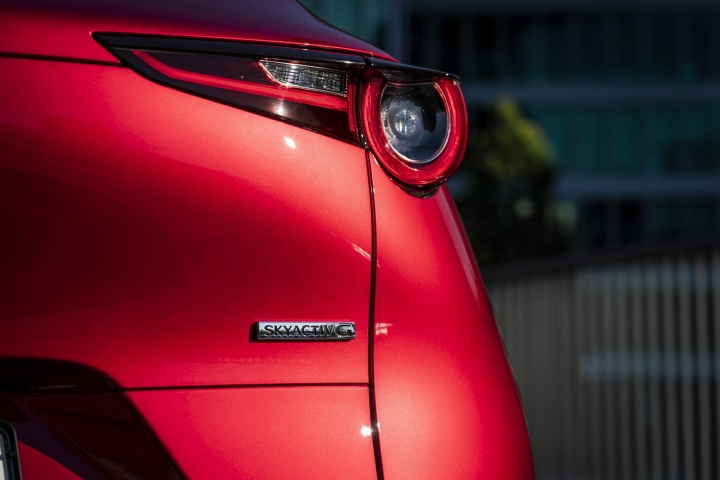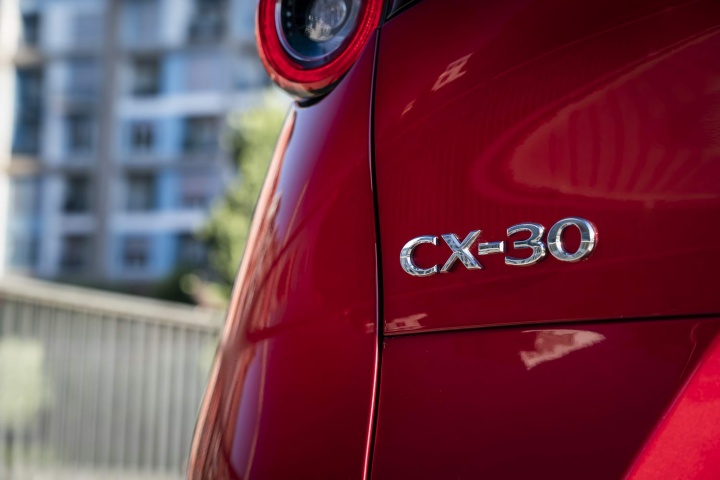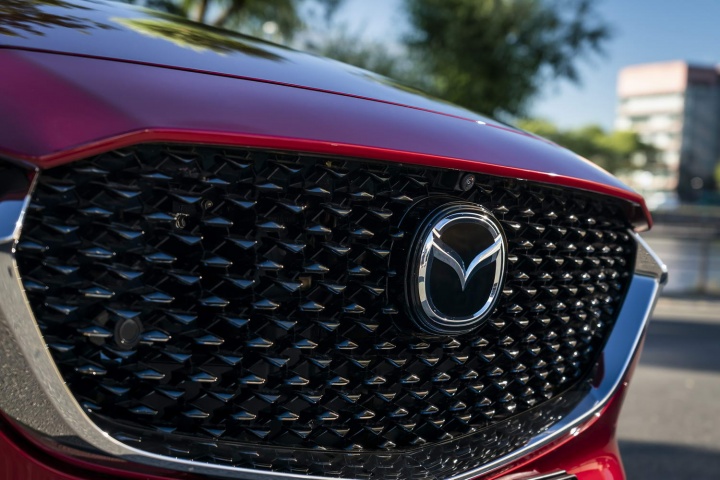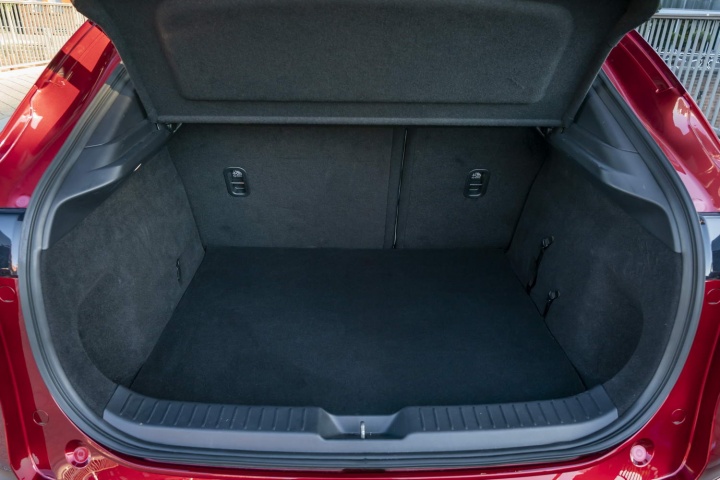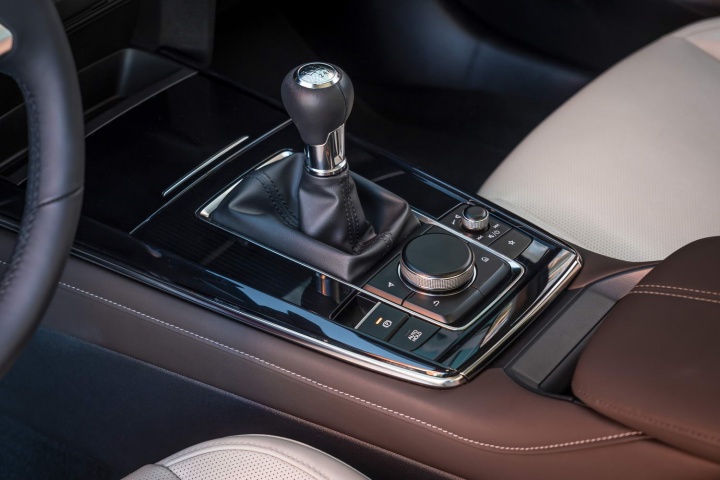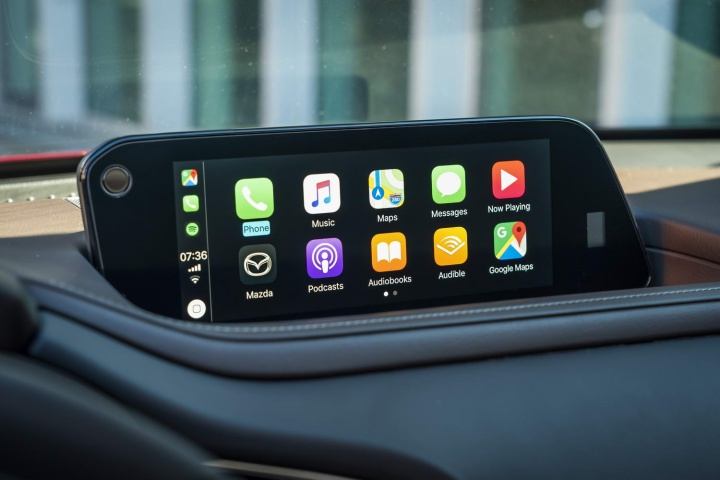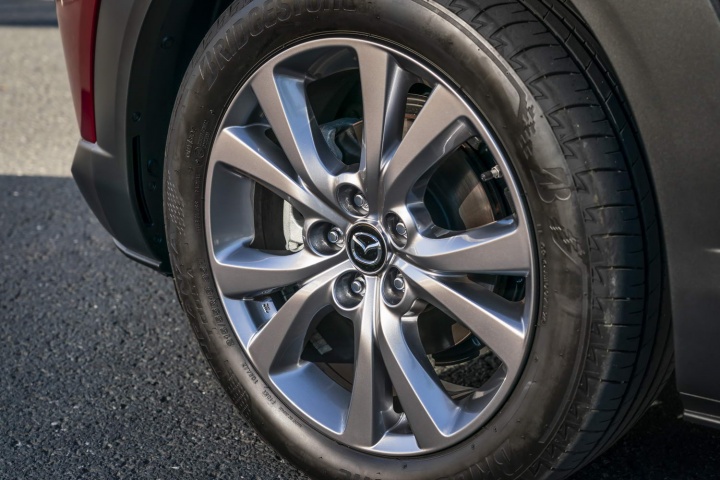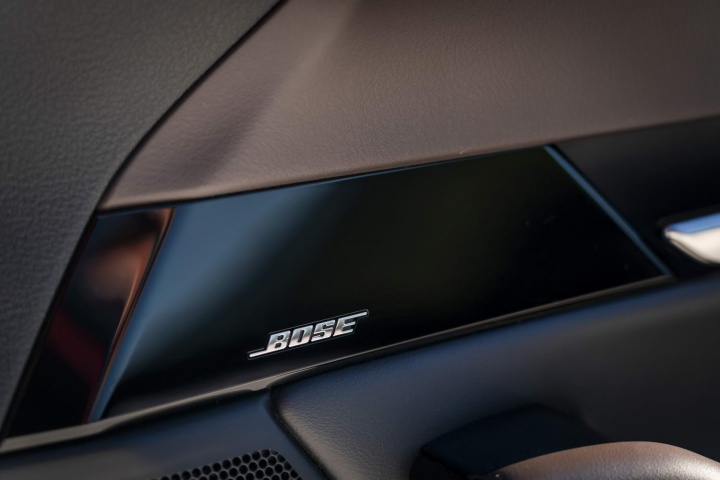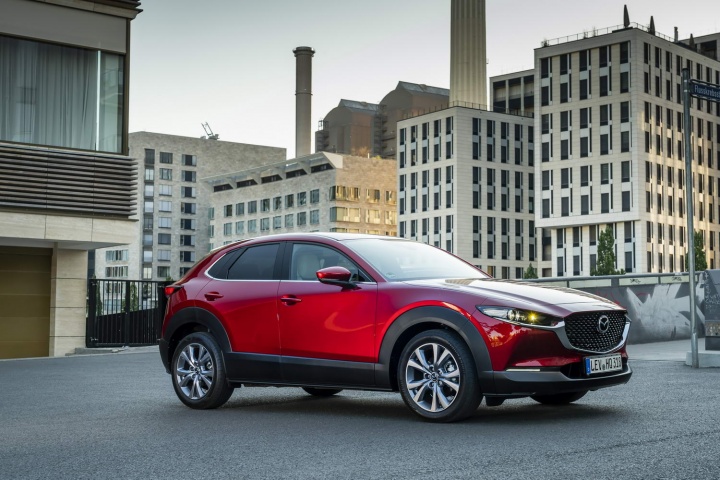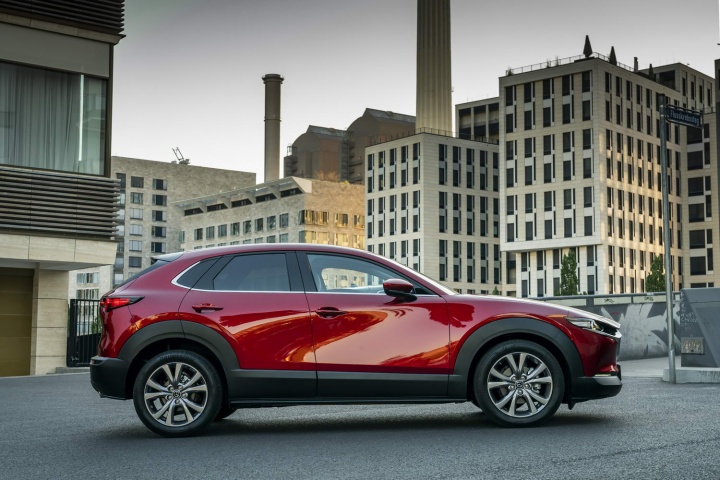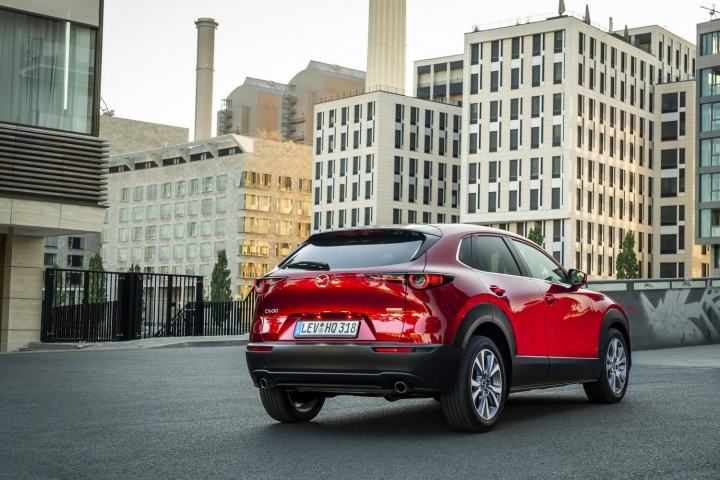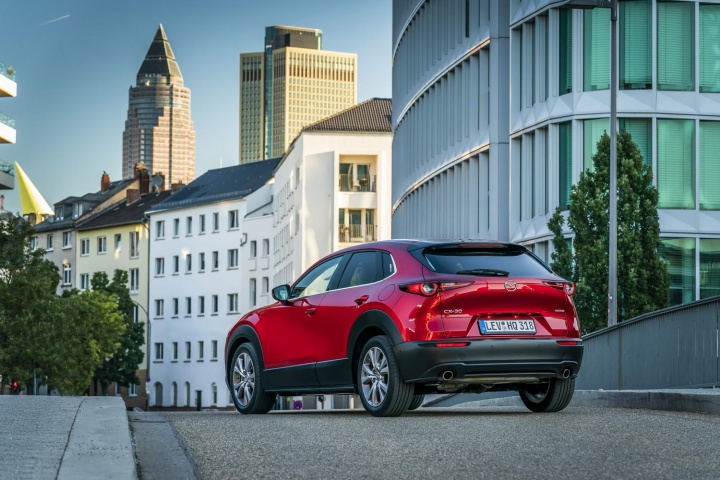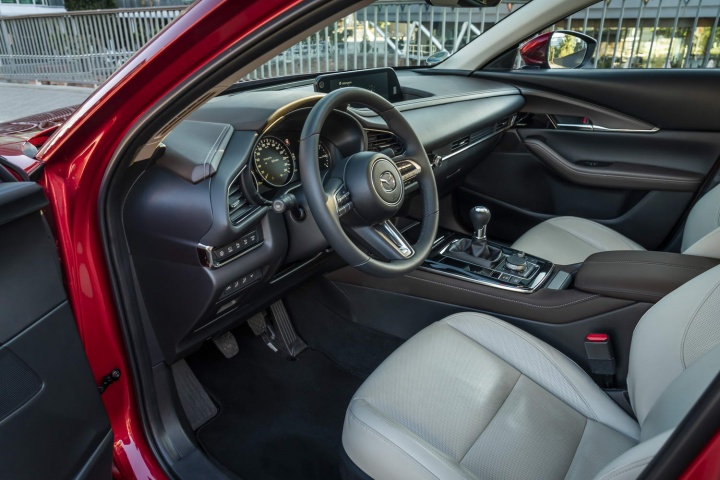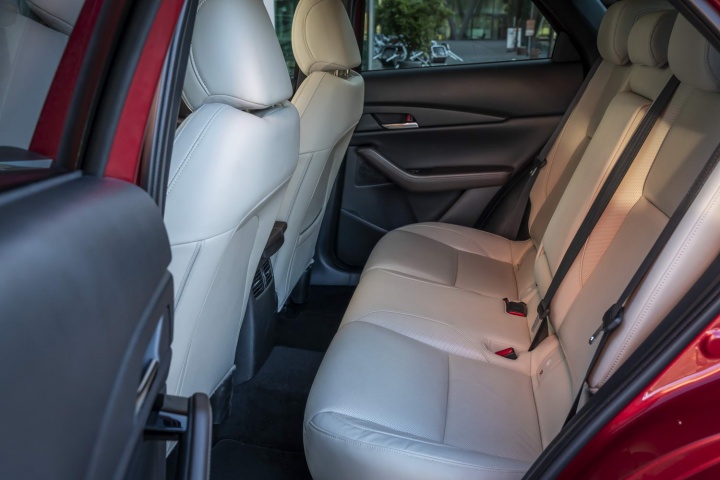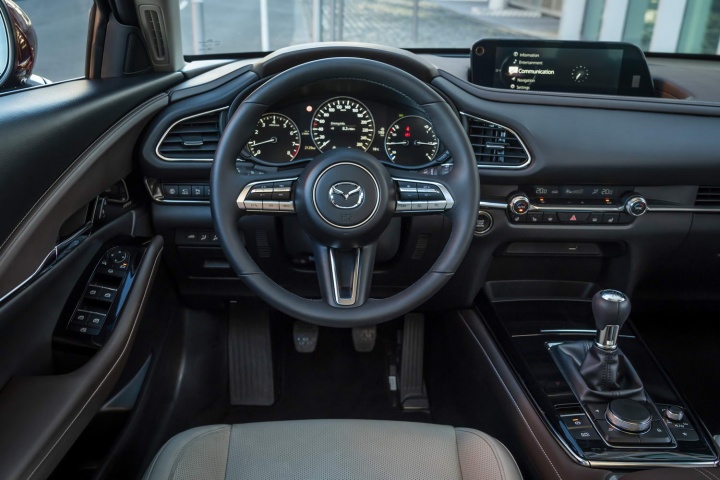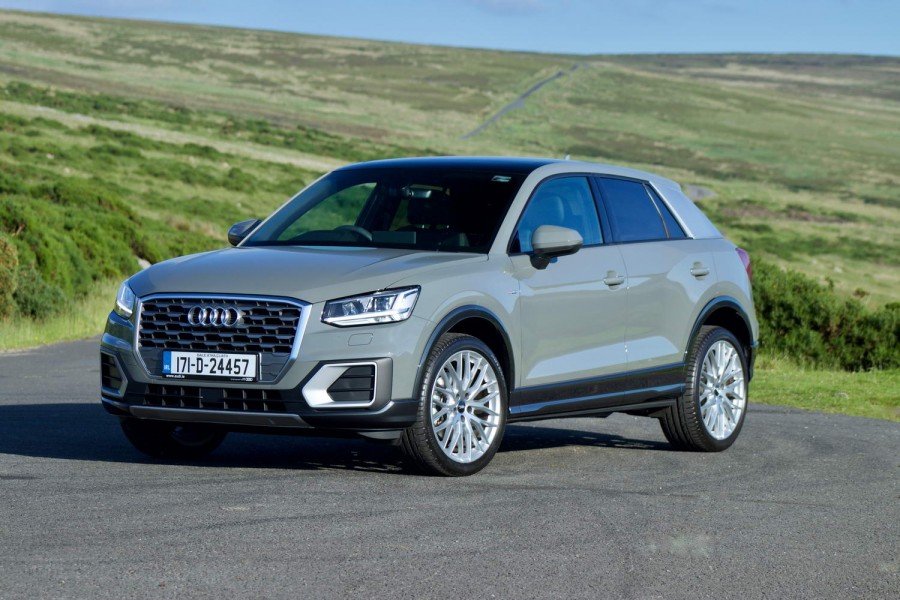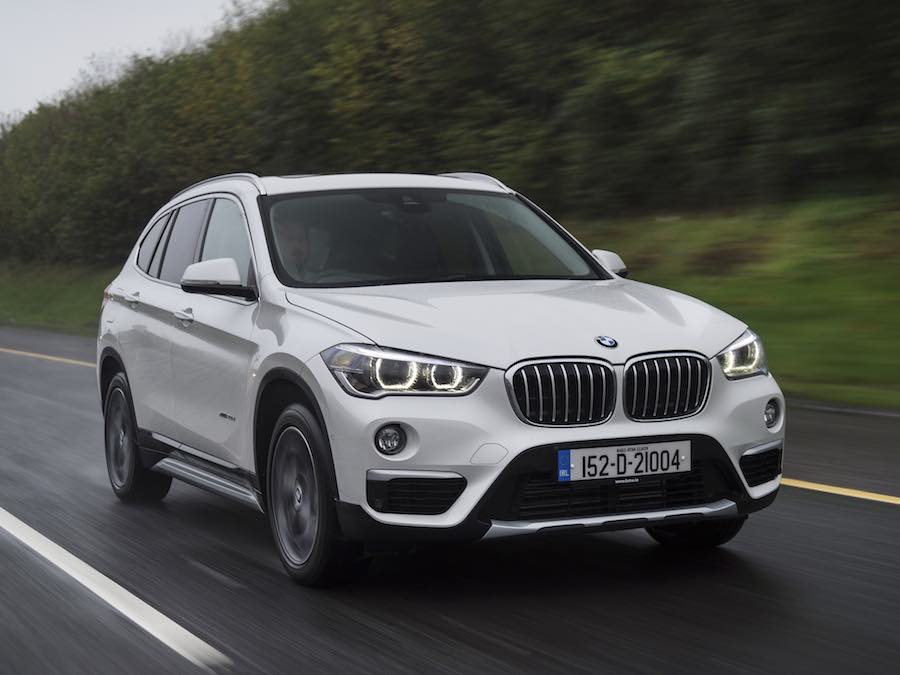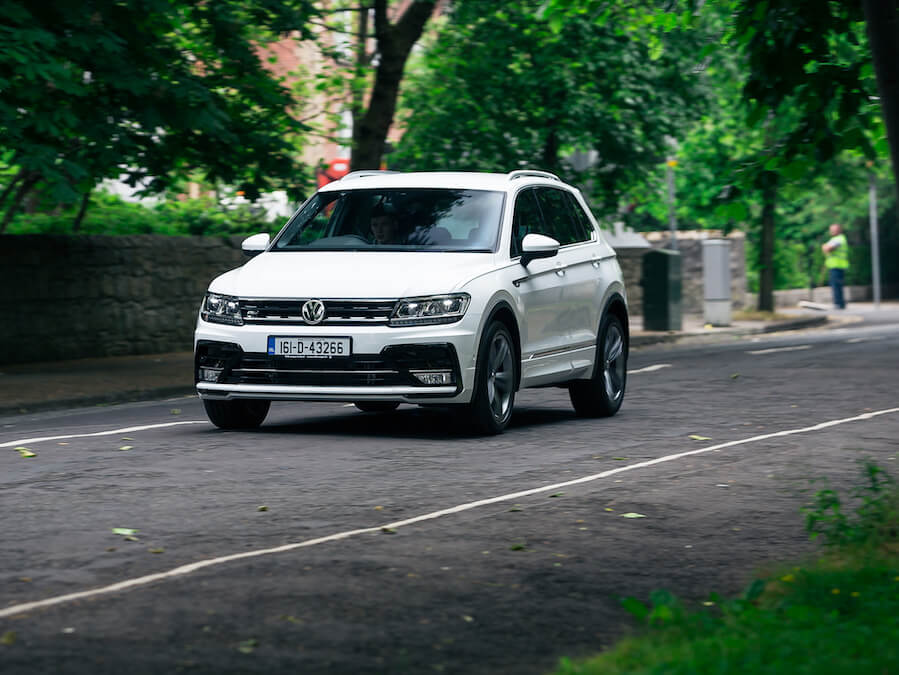The new Mazda CX-30 SUV will slot in between the compact CX-3 and larger CX-5 models. Mazda has high hopes for the new car, which could become one of its top-three selling vehicles.
In the metal
When it comes to exterior style, few will dispute Mazda's form in turning out appealing designs. It's one of the things that sets the company apart from so many other brands, and the CX-30 is no different. It's a contrasting design though, with the latest iteration of its 'Kodo' approach that has elegant, almost organic lines and bodywork that plays with the light. Paired with that is purposeful, rugged black cladding around the base and wheel arches of the car, reinforcing the SUV image. It works too. With no shortage of rivals in this incredibly packed and competitive segment, the CX-30's exterior does enough to make it stand out.
Mazda has upped its game when it comes to the interior, too. The simple, clutter-free layout is an exercise in sound design, as well as continuing Mazda's human-centric approach to making its cars as comfortable as possible. There's a symmetrical cockpit design that features a new partly digital instrument cluster and a colour head-up display. The infotainment system uses an 8.8-inch screen and gets an improved operating system that looks better, is more intuitive to use and gets Android Auto and Apple CarPlay as standard. One other optional addition to it is a small infrared camera and infrared LED light integrated into the 8.8-inch display. It monitors the driver's face to detect distraction, such as looking down at a phone, or tiredness, prompting alerts to suggest taking a break.
The two front seats have been set as far apart as possible to boost the sense of space. Doing this also makes it easier to turn around to passengers in the rear, while it's also easier for younger passengers to see more of the grown-ups in the front. Decent amounts of headroom and legroom in the two outer rear seats will give the CX-30 an edge over some of its rivals. Like most cars in this class that offer all-wheel drive, the middle rear seat passenger does get the short straw with foot space due to the transmission tunnel housing. A reasonably low load height for the boot and a wide aperture help, though, at 430 litres, the boot isn't as generous as the BMW X1's 550 litres, but does trump the Audi Q2, which holds 405 litres. With the 60:40 rear seats folded forward the cargo capacity jumps to 1,406 litres.
Driving it
While many car makers try to instil a sense of sportiness in their SUVs, comfort is more of a priority in the CX-30. Mazda has gone to great lengths to ensure this and, for the most part, it has succeeded. Even on 18-inch wheels, the largest Mazda will offer on it, the ride quality is comfortable, yet body lean is kept well under control.
The 2.0-litre petrol engine doesn't feel hugely powerful, though it is set up more with efficiency in mind than outright performance. One initially evident characteristic is the refinement of the engine and the insulation of the cabin. The front-wheel-drive transmission and six-speed manual gearbox add to this. Everything feels solid and robust, but not in an agricultural sense. Each movement of the gear selector follows a clear and definite path. Considering Mazda also produces the MX-5, a slick gear shift should be a given.
While the SkyActiv-G only has 213Nm of torque, it does have a decent amount of pick up when you put your foot down in the mid or higher gears. Helping this to a small degree is a mild hybrid system, consisting of a small lithium-ion battery that lies beneath the passenger seat. Energy is recuperated to this through a belt-driven integrated starter generator (ISG) during deceleration before then being deployed to supply the car's electrical system, alleviating the additional load on the engine. The ISG serves a second purpose in further refining the engine restart as part of the stop-start system. When you come to a stop, the engine will shut off, but the process of it restarting as you apply the clutch is now considerably smoother and quieter thanks to the ISG.
On a cruise when the engine isn't under load, the first and fourth cylinders shut off to reduce fuel consumption. Their reactivation when you apply more throttle is not noticeable and were you not to have the information on the screen you wouldn't realise it is happening. As for the act of driving, the CX-30 doesn't disappoint. Rather than attempt to make it artificially sporty by firming up the suspension, Mazda's engineers chose to dial in more compliance and retain comfort.
One other aspect that adds to the driving enjoyment of the CX-30, and again separates it from several of its competitors, is the weighting of the driving controls. Its thin, three-spoke steering wheel has that just-right feel to it. There's no flat bottom signalling sporty intent and, while there are multifunction controls, the buttons are neatly arranged, so it doesn't look or feel jam-packed. Steering weight in the normal driving mode feels ideal, not overly light. There's a good amount of feel through the brake pedal, making it progressive and easy to modulate in traffic. You also sit forward in relation to the A-pillars, so the driver's field of vision is less obstructed by them.
What you get for your money
As this first drive was in pre-production vehicles, the exact pricing and specification details are still in the process of being confirmed. Once they are, this section will be updated to include them. That said, the signs are that the CX-30 will come with a good level of standard equipment, and Mazda does not intend to sell a basic entry-level version. Pricing is expected to start from €28,495.
All models will feature the 8.8-inch infotainment system with Android Auto and Apple CarPlay as standard. Several safety assistance systems will come on all models, including Smart Brake Support, automatic high beam headlights, blind spot monitoring, rear cross traffic alert and lane departure warning. Road sign recognition, driver attention alert and cruise control will also be standard.
Summary
In a segment where design and desirability rank just as high as price and practicality, the Mazda CX-30 is well set to take on the competition. Not only does it deliver a refined drive, but the quality inside is right up there with some of the more established premium brands.

